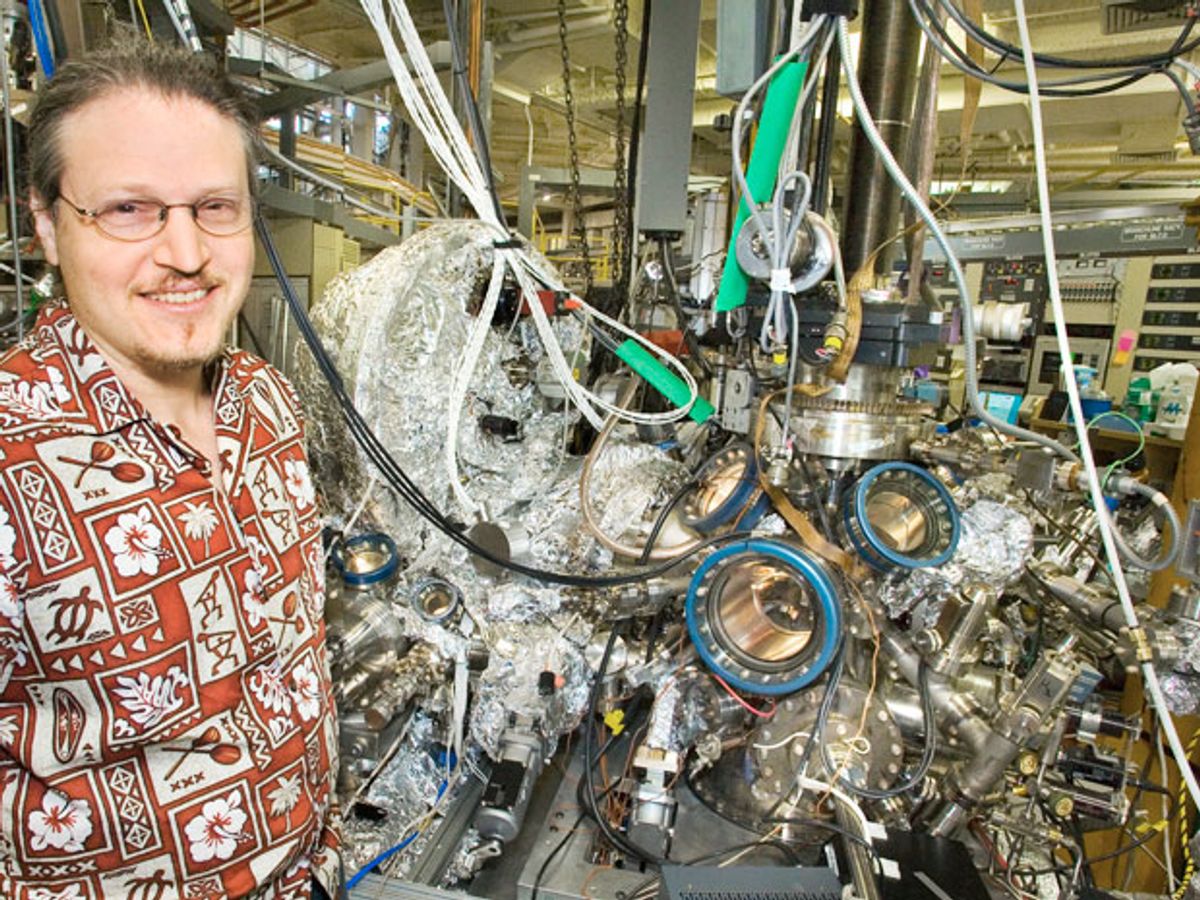Ever since graphene was first fabricated, research focused on how it might be applied to electronics to serve as an alternative to silicon and meet the crushing demands of Moore’s Law. The problem was that graphene does not possess an inherent band gap. While it can conduct electrons faster than other materials, there is no way to stop that flow of electrons, making it useless for electronic applications that require an on/off capability.
The research community was undeterred: Surely there could be a way to engineer such a band gap into the material. Eventually, a method to do this was proposed. But the engineered band gap didn’t always operate the way the researchers expected; the flow of electrons was not fully halted.
Now, researchers at the Lawrence Berkeley National Laboratory in California and the Fritz Haber Institute in Berlin have discovered why these engineered band gaps in graphene don’t measure up to expectations. It turns out that when monolayers of graphene are stacked to create bilayers, they are slightly misaligned, resulting in a twist that changes the bilayer graphene’s electronic properties.
“The introduction of the twist generates a completely new electronic structure in the bilayer graphene that produces massive and massless Dirac fermions,” Aaron Bostwick, a scientist at Berkeley Lab’s Advanced Light Source (ALS), said in a press release. “The massless Dirac fermion branch produced by this new structure prevents bilayer graphene from becoming fully insulating even under a very strong electric field. This explains why bilayer graphene has not lived up to theoretical predictions in actual devices that were based on perfect or untwisted bilayer graphene.”
Massless Dirac fermions are essentially electrons that act as if they were photons. As a result, they are not restricted by the same band gap constraints as conventional electrons.
The research, which was published in the journal Nature Materials (“Coexisting massive and massless Dirac fermions in symmetry-broken bilayer graphene”), employed angle-resolved photoemission spectroscopy (ARPES) and Beamline 7.0.1 techniques to resolve the electronic spectrum given off by the twist in the bilayer graphene.
“The spectrum we observed was very different from what has been assumed and contains extra branches consisting of massless Dirac fermions," Eli Rotenberg, who oversees the research at ALS Beamline 7.0.1, said in the press release. “These new massless Dirac fermions move in a completely unexpected way governed by the symmetry twisted layers.”
Of course, the researchers have merely identified the problem; they haven’t yet solved it. But figuring out the source of the problem is the first fundamental step.
As lead author of the research, Keun Su Kim of the Fritz Haber Institute in Berlin, noted in the press release: “Now that we understand the problem, we can search for solutions. For example, we can try to develop fabrication techniques that minimize the twist effects, or reduce the size of the bilayer graphene we make so that we have a better chance of producing locally pure material.”
Photo: Roy Kaltschmidt
Dexter Johnson is a contributing editor at IEEE Spectrum, with a focus on nanotechnology.



